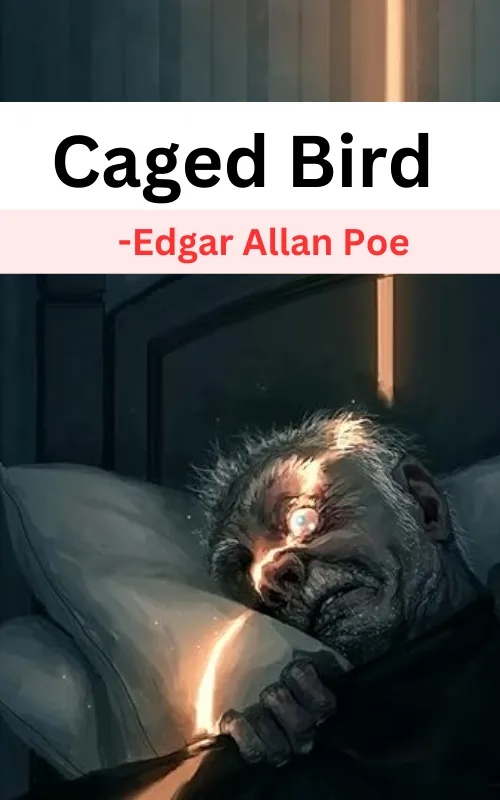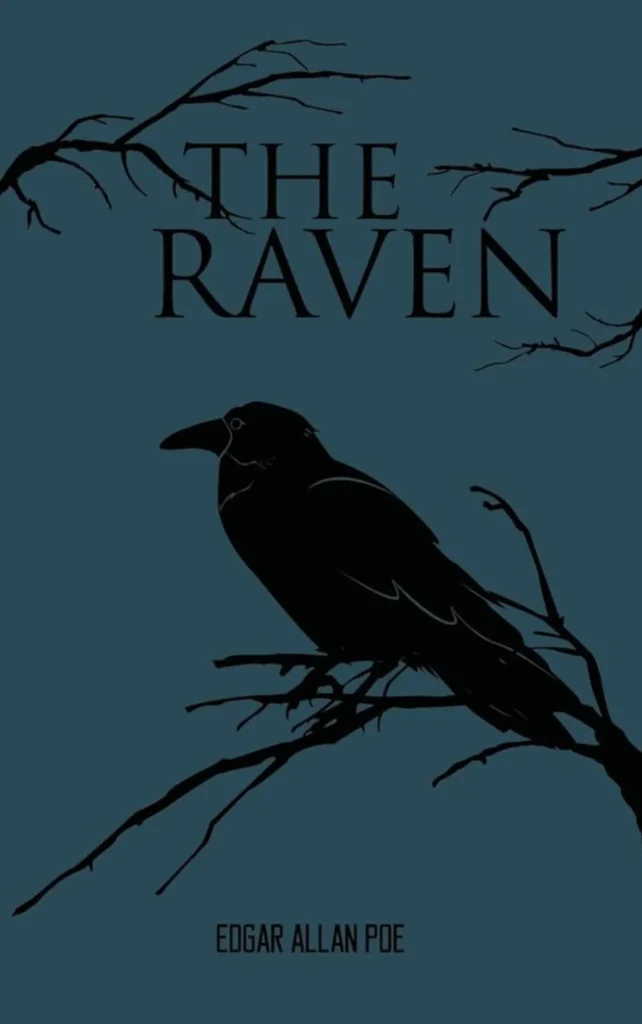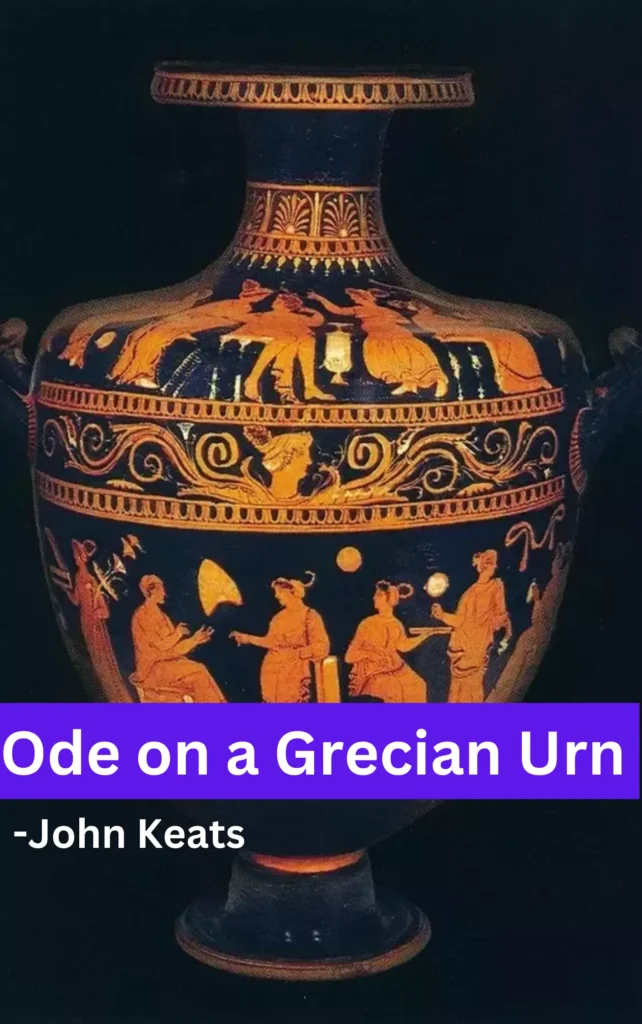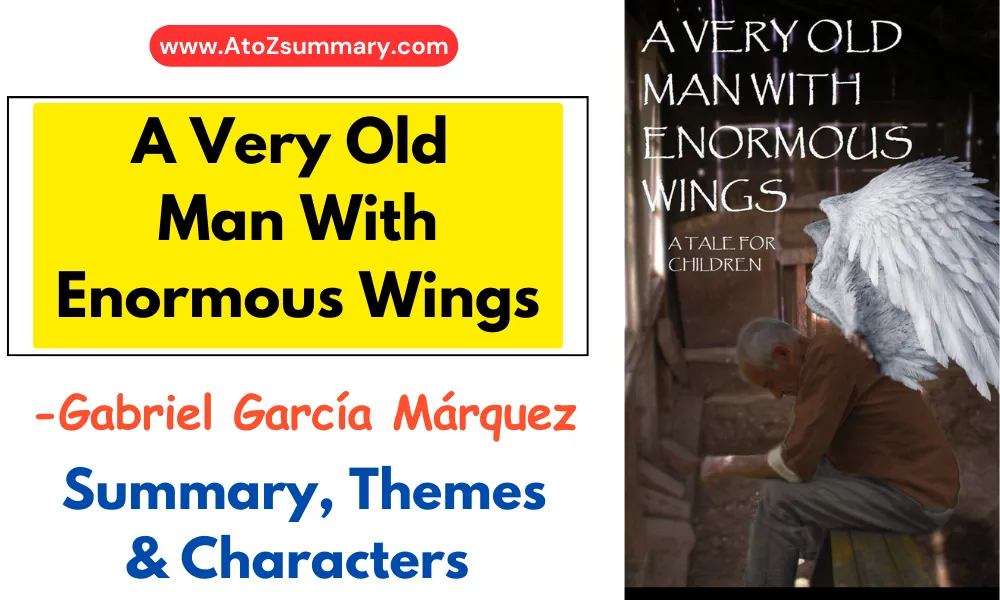About Poem: The Tell-Tale Heart
| Title | The Tell-Tale Heart |
| Author | Edgar Allan Poe |
| Genre | Gothic Fiction, Psychological Thriller |
| Publication Year | 1843 |
| Setting | A house shared by the narrator and the old man |
| Narrative Style | First-person, unreliable narrator |
| Key Symbols | The “vulture eye,” the heartbeat, the lantern |
| Symbolism | The narrator, the old man with the “vulture eye” |
| Characters | Narrator⇾ An unnamed madman who decides to kill the old man because of his eye. Old Man⇾ mysterious old man who lives with the narrator and has a “vulture eye.” Policemen⇾ Three unnamed policemen who investigate the old man’s disappearance. |
Themes: The Tell-Tale Heart
The main themes of “The Tell-Tale Heart” by Edgar Allan are:
- Guilt ➤ The guilt of the narrator over the murder they’ve committed and their struggle to hide it.
- Madness ➤ The narrator’s descent into madness as they obsess over their crime and hear things that aren’t there.
- Paranoia ➤ The intense fear and paranoia the narrator experiences, especially the fear of being discovered.
- Obsession ➤The narrator’s fixation on the old man’s eye, which leads to the murder and their subsequent unraveling.
Literary Devices: The Tell-Tale Heart
- Simile ➤ This is when you compare two things using the words “like” or “as.” In the story, the narrator says the old man’s eye is like a vulture’s eye. That helps us imagine how creepy it looks.
- Metaphor ➤ This is similar to a simile, but it doesn’t use “like” or “as.” The narrator says the eye is a “pale blue eye with a film over it.” It’s not really an eye turning blue; it’s just a way to describe its strange appearance.
- Repetition ➤ The narrator repeats some words and phrases a lot. For example, he keeps saying he’s not mad, but his actions suggest otherwise. This repetition makes us feel the narrator’s unease.
- Suspense ➤ Poe builds tension by making us wonder what’s going to happen. The heartbeat sound in the story makes us anxious and curious, creating suspense.
- Irony ➤ There’s a big twist at the end of the story. The narrator insists he’s not crazy, but his actions show he might be. This difference between what is said and what is meant is called irony.
Watch Full Story Summary & Analysis on YouTube
“The Tell-Tale Heart” Summary & Analysis
“The Tell-Tale Heart” by Edgar Allan Poe is a famous poem that tells a chilling and disturbing tale in a series of stanzas. Let’s explore the poem stanza by stanza to understand its essence.
Stanza 1
In the first stanza, the speaker passionately insists that they are not mad, despite the strange events they are about to describe. They try to convince the reader of their sanity.
Stanza 2
The second stanza introduces an old man with a vulture-like eye, which disturbs the speaker greatly. The speaker’s obsession with the eye grows, and they can’t bear it any longer.
Stanza 3
The third stanza describes the meticulous planning that the speaker undertakes. They are determined to rid themselves of the old man’s eye, as they believe it is evil. The speaker’s obsession turns into a sinister plot.
Stanza 4
In this stanza, the speaker tells of how they secretly entered the old man’s room each night for seven nights, watching him sleep. The old man remains oblivious to the impending danger.
Stanza 5
As the tension escalates, the speaker describes their growing fear and how they became more cautious and stealthy in their nightly visits. They compare their actions to a slow, but steady heartbeat.
Stanza 6
The sixth stanza marks the turning point in the poem. On the eighth night, the speaker’s paranoia gets the best of them, and they make a noise that awakens the old man. The old man’s fear is palpable, and the speaker becomes more determined to eliminate the eye.
Stanza 7
The seventh stanza is a culmination of the speaker’s obsession and guilt. They reveal their intense anxiety and tell us how they open a lantern to reveal a thin ray of light that falls on the old man’s eye.
Stanza 8
In this stanza, the speaker’s obsession reaches a horrific climax. They can no longer contain their madness and pull the heavy bed over the old man, smothering him to death. The speaker believes they have rid the world of the evil eye.
Stanza 9
The ninth stanza describes how the speaker dismembers the old man’s body, hiding it beneath the floorboards. They are convinced they have outsmarted everyone and will never be discovered.
Stanza 10
The tenth stanza deals with the aftermath. The speaker dismembers the old man’s body and hides it beneath the floorboards. They believe they have committed the perfect crime and that they can hear the old man’s heart still beating.
Stanza 11
In the final stanza, the narrator’s guilt takes over, and he becomes convinced that he can still hear the old man’s heart beating beneath the floorboards, growing louder and louder, driving him to madness. He ultimately confesses to the murder in a fit of paranoia, revealing his guilt to the police and demonstrating the tell-tale heart that betrays him.
FAQs: The Tell-Tale Heart
What is The Tell-Tale Heart story about?
“The Tell-Tale Heart” is about a person who becomes obsessed with an old man’s strange eye and eventually kills him, haunted by guilt and paranoia.
What is the main point of The Tell-Tale Heart?
The main point of the poem is about a person driven to madness by an old man’s creepy eye and the guilt that haunts them after committing a murder.
What is the mental illness in The Tell-Tale Heart?
The mental illness in The Tell-Tale Heart is: mental disorder or psychological illness
Why is The Tell-Tale Heart a scary story?
The Tell-Tale Heart is a scary story because it explores the dark side of human nature, including madness, guilt, and the inevitability of punishment.
What is the hidden meaning of The Tell-Tale Heart?
The hidden meaning of “The Tell-Tale Heart” is about the narrator’s guilt and how it haunts him, showing how our conscience can torment us.
Who killed the old man in The Tell-Tale Heart?
The narrator killed the old man.
What does vulture eye symbolize?
The vulture eye symbolizes the source of the narrator’s madness and obsession.
What does the narrator do with the body after he kills the old man?
After killing the old man, the narrator hides the body under the floorboards.
Was the old man in Tell-Tale Heart blind?
No, the old man was not blind.
What is the foreshadowing in The Tell-Tale Heart?
The foreshadowing is the narrator’s obsession with the old man’s eye, which hints at a future disturbing event.
What does the narrator finally confess to The Tell-Tale Heart?
The narrator finally confesses to the murder of the old man.
What is a hyperbole in The Tell-Tale Heart?
A hyperbole in the poem is when the narrator claims his heightened senses make him superhuman.
What is the personification in The Tell-Tale Heart?
Personification in “The Tell-Tale Heart” is when the narrator describes the old man’s eye as having human characteristics, like a vulture.
Does the narrator feel guilty in The Tell-Tale Heart?
Yes, the narrator feels guilty.











